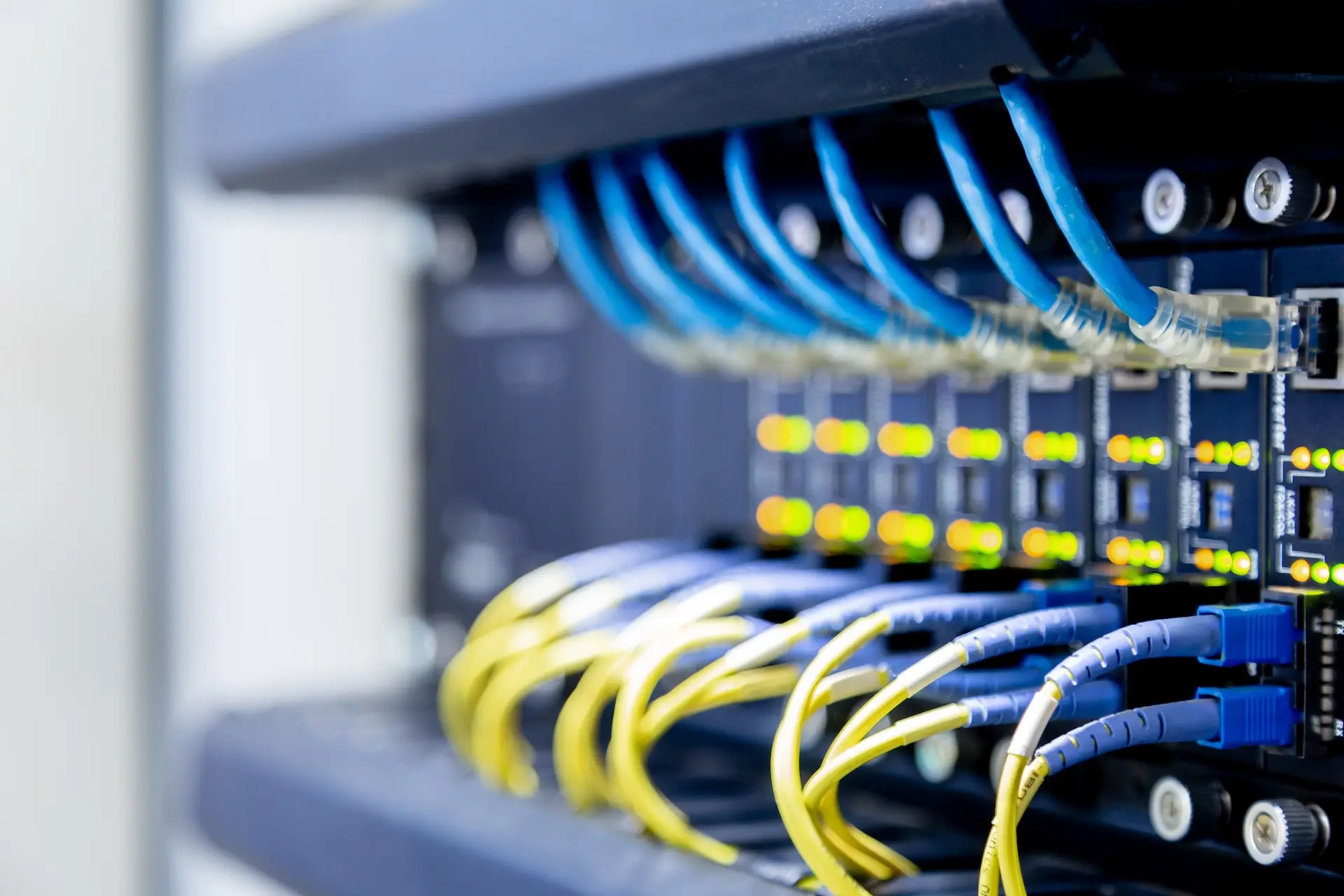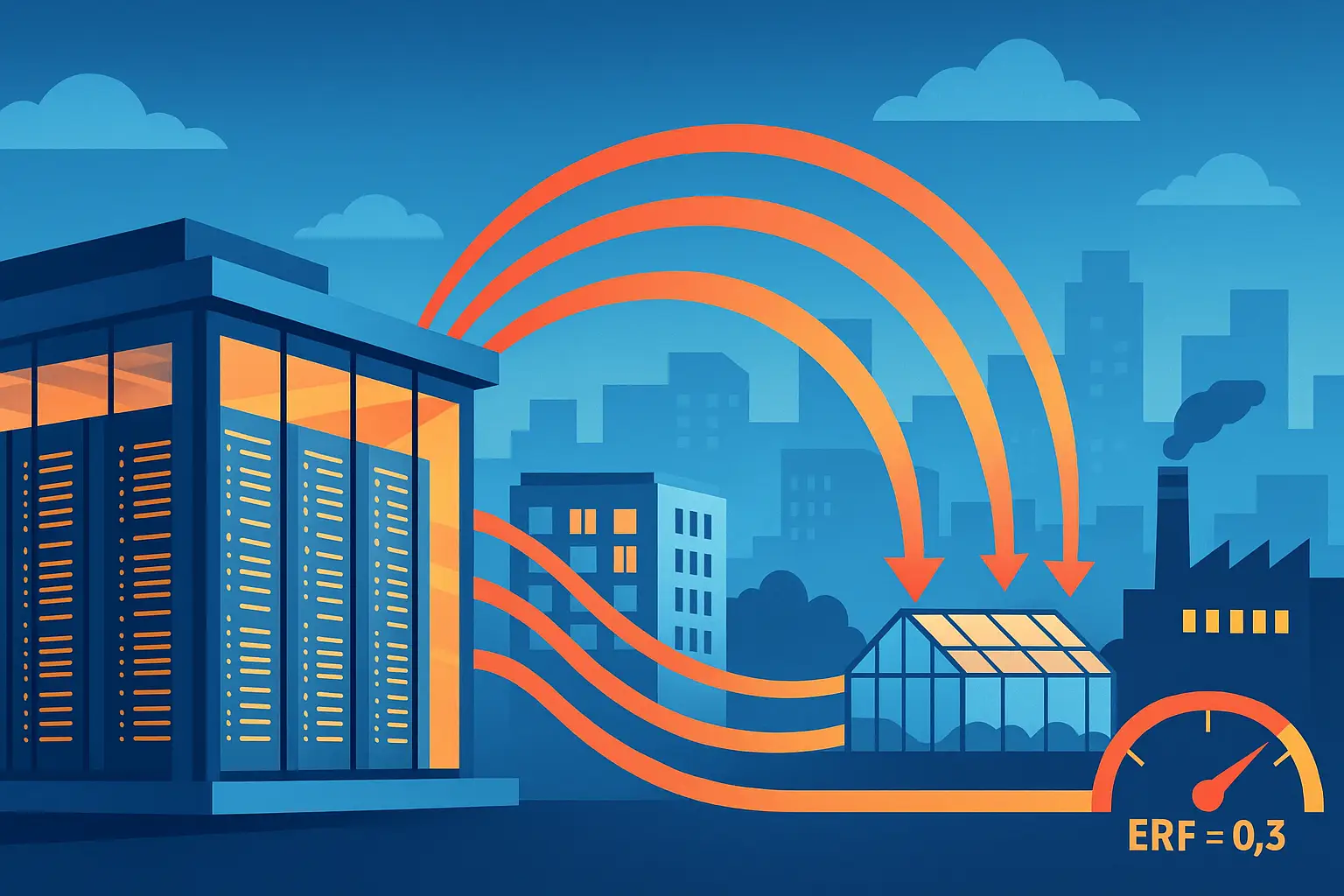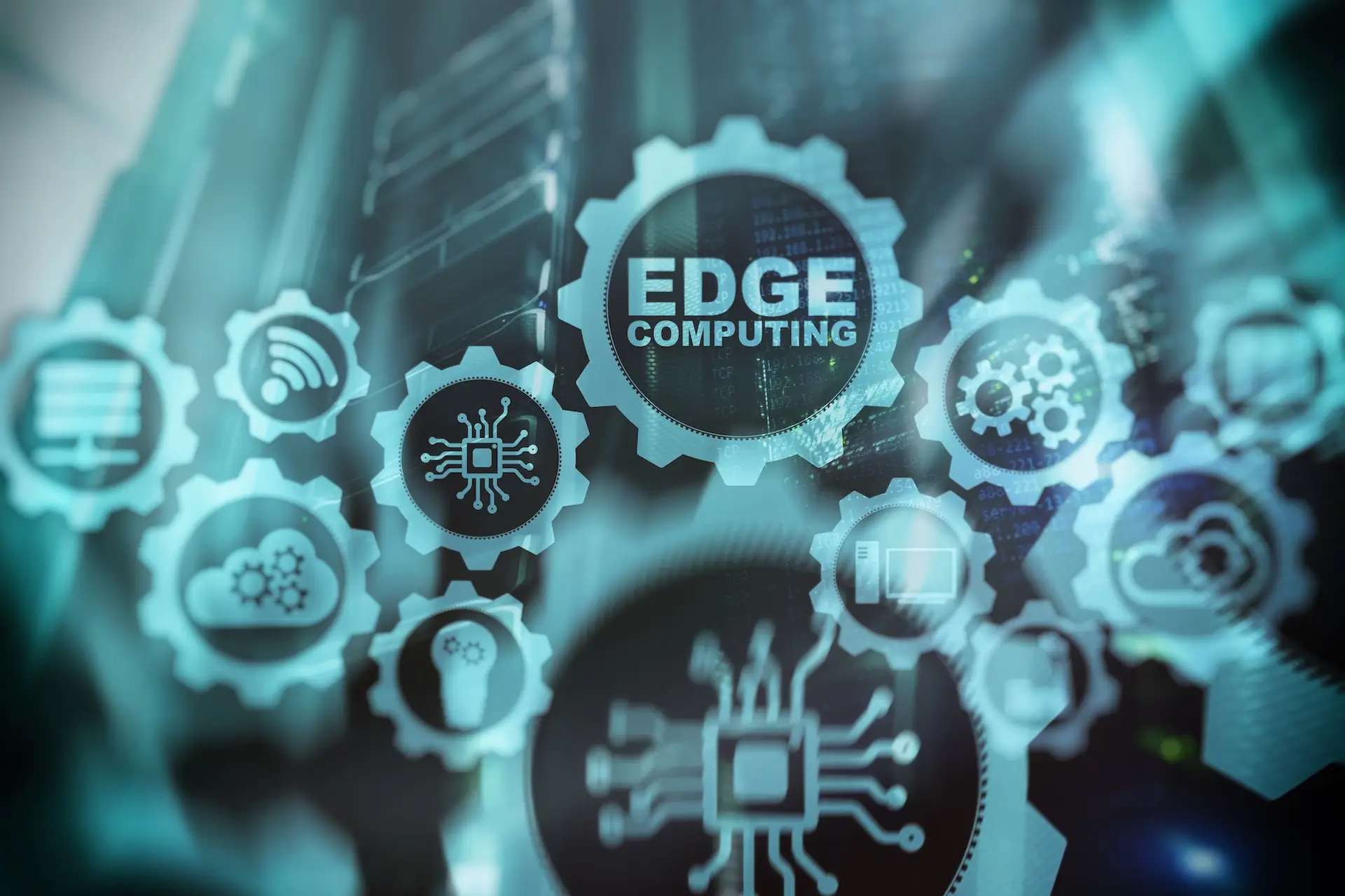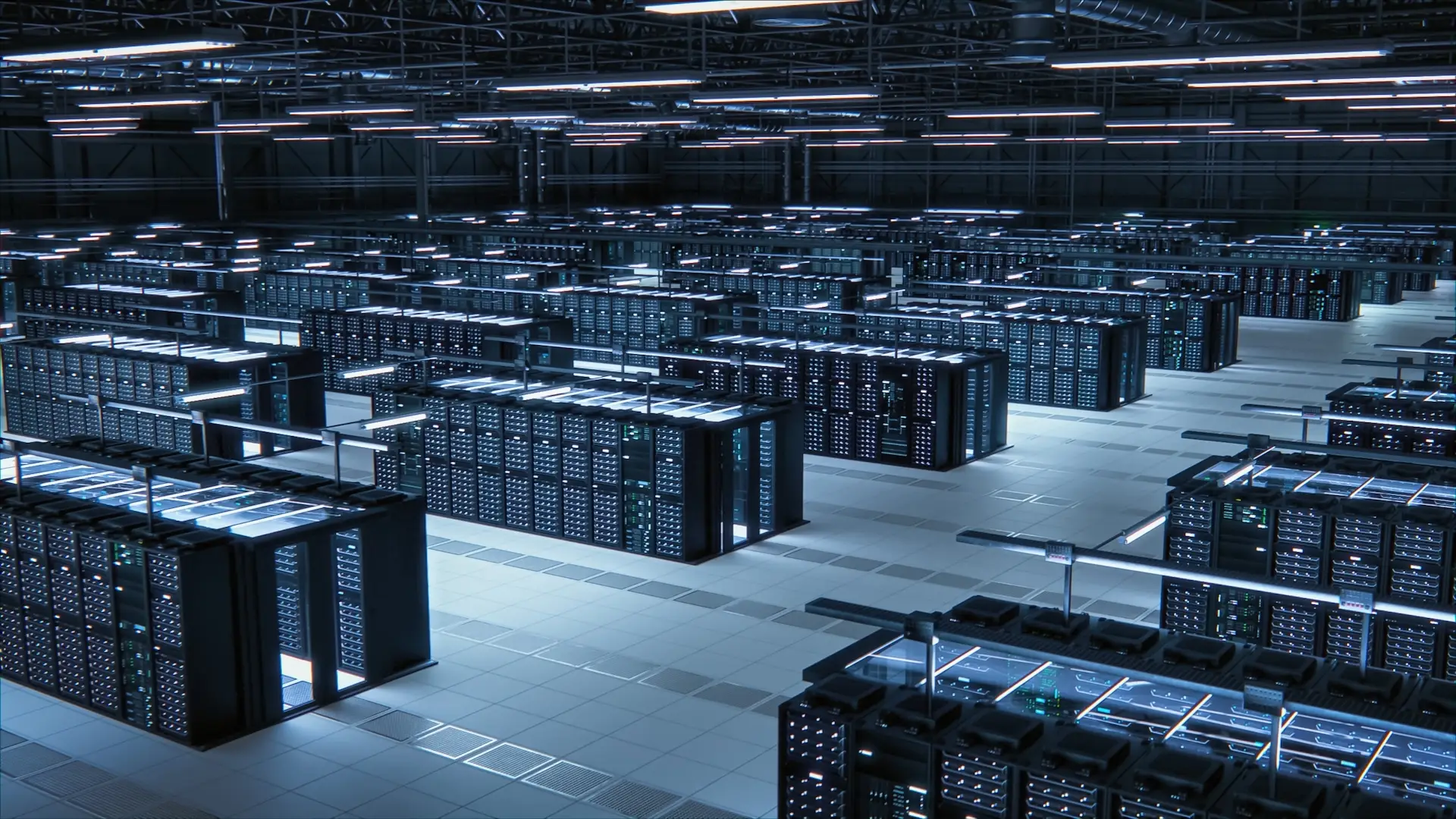Power Usage Effectiveness (PUE) Trends in Data Centers: Insights and Challenges
Power Usage Effectiveness (PUE) is a widely adopted metric that evaluates the energy efficiency of a data center. Introduced by The Green Grid, it is defined as the ratio of the total facility energy to the energy consumed by IT equipment:
IT Equipment Energy

Key Insights from the Graph
The provided graph demonstrates the evolution of average annual PUE for large data centers from 2007 to 2023. Here are the key observations:
Decline in Worldwide PUE Over Time:
- Between 2007 and 2013, PUE saw a sharp decline from 2.5 to 1.65, reflecting a significant improvement in energy efficiency.
- This period coincided with technological advancements in cooling systems, server optimization, and widespread adoption of best practices in data center design.
Plateauing of PUE:
- From 2013 to 2022, PUE values largely stabilized around 1.55–1.59, indicating that while efficiency gains continued, the rate of improvement slowed. Many large operators likely reached a point where diminishing returns from additional efficiency investments became evident.
Recent Uptick in PUE:
- Interestingly, the data shows a slight increase in PUE in 2023 to 1.58, marking a departure from the trend of gradual improvement. This raises an important question: Why is the worldwide PUE reversing despite advancements in technology?
Why the Recent Spike in Worldwide PUE?
- The global data center industry has rapidly expanded into regions such as Africa, the Middle East, and parts of Asia-Pacific (APAC) to meet increasing digital demands.
- Unlike colder regions (e.g., Europe or North America), data centers in hotter climates require significantly more energy for cooling, leading to higher PUE values. This naturally impacts global averages.
- Edge computing is driving the proliferation of smaller, localized data centers that may not yet implement the same level of advanced cooling or power efficiency technologies as larger, centralized facilities.
- Increasing workloads from AI, machine learning, and real-time analytics are pushing the limits of data center infrastructure. As IT load grows, supporting infrastructure such as power distribution and cooling systems may struggle to keep up without proportional efficiency gains.
- Rising global temperatures exacerbate the energy demands for cooling, especially in regions already facing extreme heat. This adds further strain on achieving low PUE values.
Optimize Your Data Center Efficiency with Azura Consultancy
Unlock the full potential of your data center with Azura’s expertise in PUE. Whether you’re designing a new facility or enhancing an existing one, our tailored solutions ensure maximum energy efficiency, lower operational costs, and sustainability.
Addressing PUE Challenges in Emerging Markets
Efficient Cooling Technologies
- Deploy advanced cooling solutions such as liquid cooling, evaporative cooling, or AI-driven cooling optimization to reduce energy consumption in hot climates.
Renewable Energy Integration
- Utilize solar, wind, or geothermal energy to offset the higher energy demands in regions like the Middle East and Africa.
Modular Data Center Design
- Modular designs allow for scalable and energy-efficient deployments that can better adapt to local conditions.
Smart Energy Management
- Leverage AI and machine learning to monitor, predict, and optimize energy usage in real-time, improving efficiency across operations.
Localized Best Practices
- Collaborate with local governments and organizations to adapt global best practices to regional climatic and infrastructural realities.











